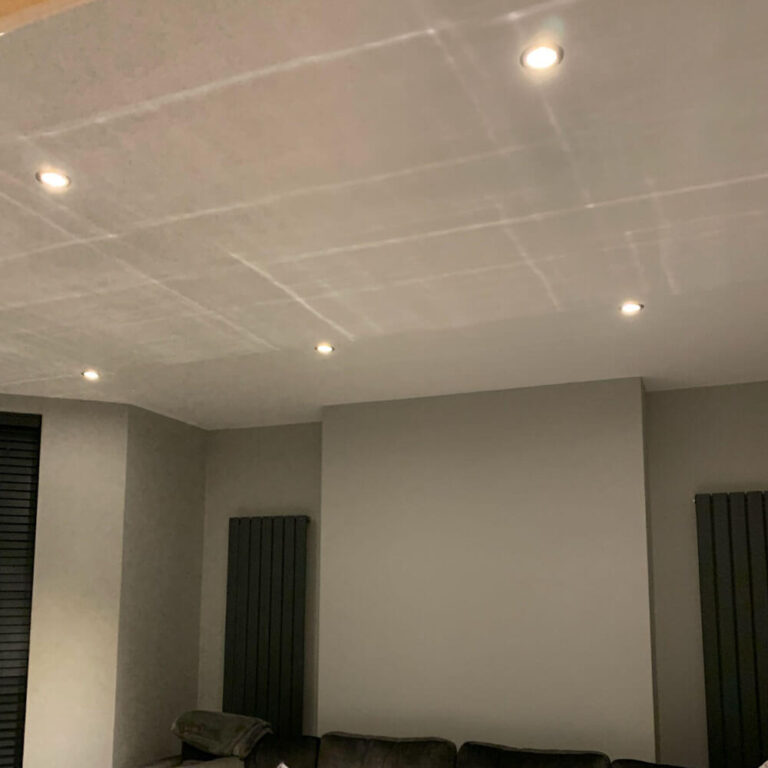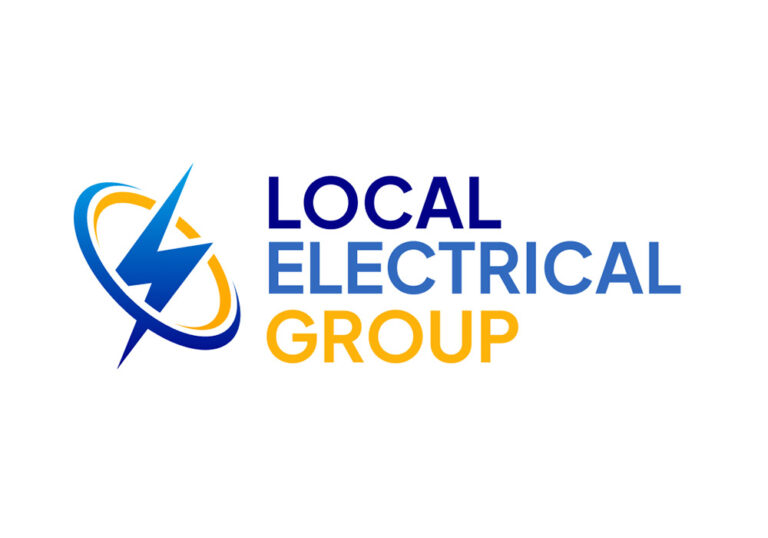How Can You Tell If A Surge Protector Is Bad Or Not?
Surge protectors are essential devices that safeguard your electronics from sudden spikes or drops in electricity. Acting as an intermediary between electrical outlets and your gadgets, they provide a layer of protection to help prevent damage. Over time, however, surge protectors can wear out and become less effective, putting your devices at risk. It’s important to know the signs of a faulty surge protector and how to test it to ensure your electronics remain protected.
Understanding how a surge protector functions is crucial in detecting when it is going bad. There are a few tell-tale signs that can indicate a faulty surge protector, such as frequent tripping, overheating, or not providing power. By familiarising yourself with these indicators, you can act swiftly to replace your surge protector and avoid potential damage to your devices. In addition, we’ll cover some simple tests you can perform to determine the health of your surge protector and look into preventive measures to extend its lifespan.
Key Takeaways
- Surge protectors protect your electronics from power surges, but can lose their effectiveness over time.
- Identifying signs like overheating, tripping, and power issues can indicate it’s time to replace your surge protector.
- Preventive measures and regular testing can maximize the lifespan of your surge protector and keep your devices safe.
Understanding Surge Protectors
Basics of Surge Protectors
A surge protector, also known as a surge suppressor or power strip, is a device designed to protect your electronic devices from voltage spikes or surges. These surges can occur when there is a sudden increase in electrical current, often caused by lightning strikes, power grid fluctuations, or electrical malfunctions. Surge protectors play a vital role in safeguarding your electronic devices, ensuring their longevity and performance.

How Surge Protectors Work
Surge protectors work by regulating the flow of voltage to your electronic devices, preventing excess electrical current from damaging them. When the incoming voltage exceeds a certain threshold, the surge protector diverts the excess voltage to the grounding wire or blocks it from entering your devices. This way, your electronics remain safe from potentially harmful voltage spikes.
Remember to keep an eye for signs of a bad surge protector, such as feeling hot to the touch, power indicator light not functioning, or inconsistent power supply. Regularly testing your surge protector and understanding its working mechanism can ensure that your devices remain protected from any unexpected power surges.
Signs of a Bad Surge Protector
Physical Damage
One of the most obvious signs that a surge protector is bad or not is the presence of physical damage. Inspect the device for signs such as:
- A frayed or damaged cord
- Cracks or breaks in the plastic housing
- Outlets that feel warm to the touch
If you notice any of these signs, it’s essential that you stop using the surge protector immediately and replace it with a new one.
Surge Protector Not Functioning
Another sign of a bad surge protector is if it’s not working properly. Be mindful of:
- Frequent tripping of the device
- Inability to reset after a power surge
- Device not supplying power to connected devices
If the surge protector is exhibiting any of these issues, it may no longer be able to protect your devices from power surges or lightning strikes. It’s best to invest in a new surge protector.
Indicator Lights
Pay attention to the indicator lights on your surge protector. These lights can help you determine the device’s condition.
- A power indicator light that is no longer lit can mean the device is not providing power to connected equipment.
- If the surge protection or fault indicator lights are continuously blinking, the device might be compromised or experiencing electrical issues.
Always consult the user manual or an electrician if you are unsure about the state of your surge protector or its indicator lights. Regularly checking these signs can help ensure the ongoing protection of your devices against power surges.

Testing Your Surge Protector
Manual Test Methods
There are several ways you can manually test your surge protector to determine if it’s still functioning properly. Here are some of the methods you can use:
- Power Indicator Light: Check the power indicator light on your surge protector. It should be lit when the device is connected to a power source. If the light is flickering or not illuminated, it could indicate a problem with the surge protector.
- Temperature: If the surge protector feels hot to the touch, it could be a sign that it’s not working properly. Disconnect the devices plugged into it and allow it to cool down before testing again.
- Lamps Flicker: Plug a lamp into your surge protector and observe if the lamp flickers. A flickering lamp could signify a malfunction in the surge protector.
- Continuity Test: Use a multimeter to check for any voltage leaks. You can measure the resistance between the surge protector’s plug and the connected outlets. If there’s an open circuit, it could indicate a problem with the surge protector.
Professional Testing
For a more comprehensive evaluation, you can also have your surge protector tested by a professional. This can ensure that the device is functioning correctly and provides peace of mind. A professional technician will often use specialized equipment to assess the surge protector’s performance and identify any potential issues.
Keep in mind that surge protectors are often made differently, so you might need to consult the manufacturer’s guidelines and recommendations for proper testing and maintenance. Regularly testing your surge protector is essential to keep your electronic devices safe from power surges and unexpected voltage fluctuations.
Preventive Measures
Regular Check Ups
It’s essential to regularly inspect your surge protector to maintain its efficiency and prevent potential issues. Start by checking the power indicator light. If it keeps flickering, it may mean the surge protector is not working properly. You can also use a multimeter to check for voltage leaks, ensuring no power issues are present.
Another essential check is feeling the temperature of the surge protector. If it’s hot to touch, it could indicate a problem. It’s wise to consult an electrician if you’re unsure about your surge protector’s condition, as they can accurately judge its effectiveness.
Proper Usage of Surge Protectors
To prolong the lifespan of your surge protector and maintain its functionality, follow these tips on proper usage:
- Don’t overload the surge protector by plugging in too many devices at once. This can lead to overheating and decrease its effectiveness.
- Unplug one device at a time. Removing multiple devices simultaneously can put stress on the surge protector, wearing it out faster.
- Keep your surge protector away from moisture and damp environments, as this can impact its performance.
- Make sure your surge protector is properly grounded. A correctly grounded surge protector will provide better protection for your devices.
- When possible, position the surge protector on an elevated surface, like a desk or shelf, to prevent dust accumulation and improve air circulation.
By implementing these preventive measures, you can ensure that your surge protector remains in good condition, safeguarding your devices from electrical surges and voltage fluctuations.


